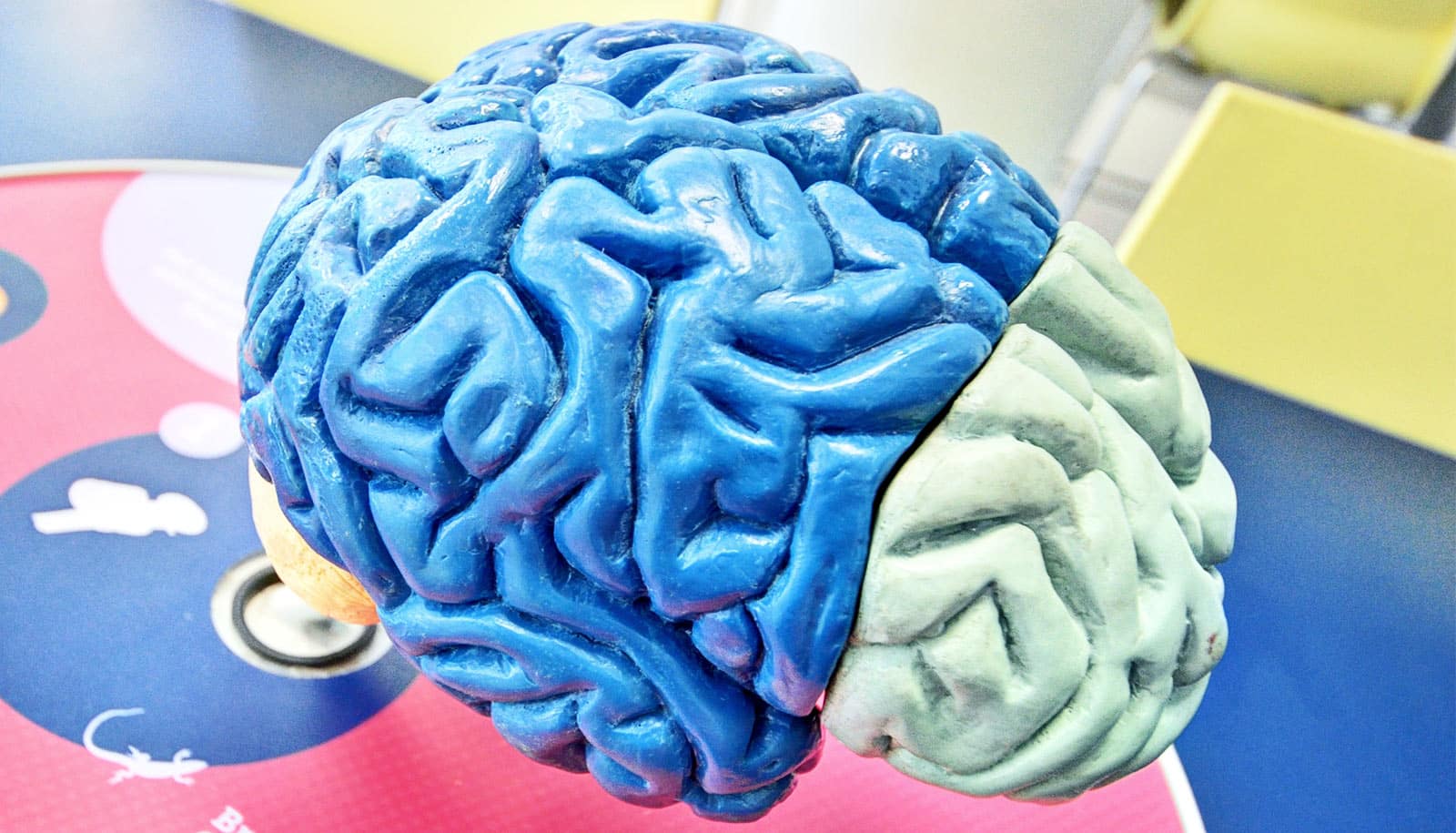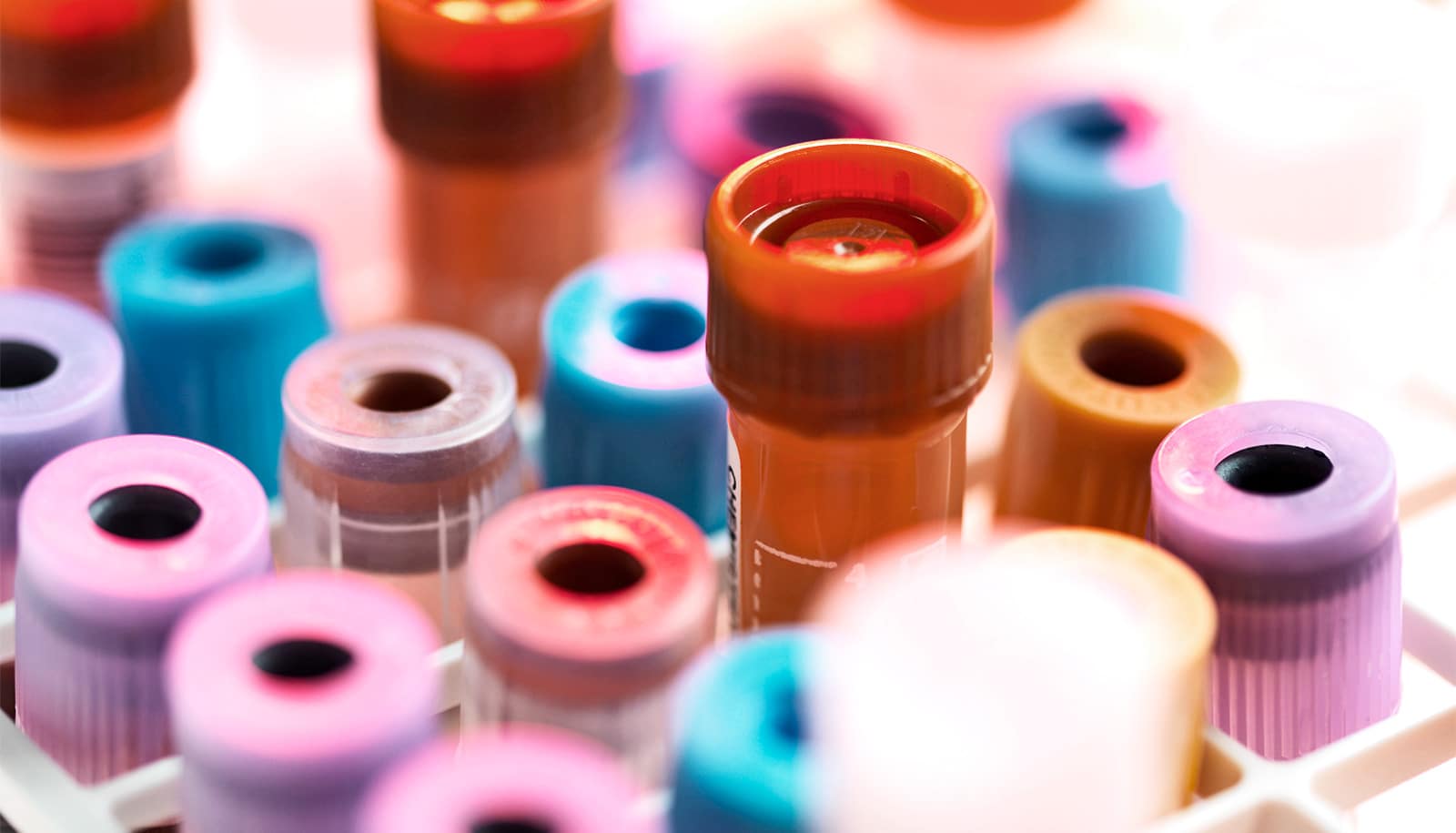Many neurodegenerative diseases have a common feature that may leave them vulnerable to the same treatment, researchers report.
“We’ve identified a potential new way to reduce nerve-cell death in a number of diseases characterized by such losses,” says senior author Daria Mochly-Rosen, a professor of chemical and systems biology and of translational medicine at Stanford University.
Alzheimer’s disease, Huntington’s disease, and amyotrophic lateral sclerosis/Lou Gehrig’s disease share a common mode of damaging brain cells, researchers learned by studying both human cells in culture and mouse models of the diseases. Administering a substance that inhibits a critical step in that process can block this damage.
The new study implicates two types of normally protective brain cells called glial cells in tripping off neuronal destruction: Microglia monitor the brain for potential trouble—say, signs of tissue injury or the presence of invading microbial pathogens—and scavenge debris dying cells or protein aggregates leave behind. Astrocytes, which outnumber the brain’s neurons nearly five to one, release growth factors, provide essential metabolites, and determine the number and placement of the connections neurons make with one another.
Microglia perceive neuronal bits and fragments as foreign and target them for clearance. But a vicious cycle of glial-cell activation and inflammation can occur in the absence of neuronal debris.
Mochly-Rosen and her colleagues discovered that mitochondria, essential components of cells, were conveying deleterious signals from microglia to astrocytes and from astrocytes to neurons. Mitochondria are tiny power packs: They furnish cells with energy. A typical nerve cell contains thousands of them. Researchers didn’t expect to find their ability to communicate death signals from one cell to another.
Mighty peptide fights neuron destruction
Viewed close up, mitochondria are convoluted tubular networks that are perpetually being right-sized in a dynamic dance of fusion and fission that opposing assemblies of enzymes perform. Mitochondria frequently get shuffled around from one part of a cell to another and must shift their shapes accordingly to accommodate their environments: Too much fusion, and they become too big to get around or work well. Too much fission, and they break up into dysfunctional fragments.
Neurotoxic protein aggregates such as those linked to Alzheimer’s, Parkinson’s, Huntington’s diseases, or amyotrophic lateral sclerosis, can launch an enzyme called Drp1 (which facilitates mitochondrial fission) into hyperactivity. About seven years ago, Mochly-Rosen’s team designed a tiny protein snippet, or peptide, called P110, that specifically blocks Drp1-induced mitochondrial fission when it’s proceeding at an excessive pace, as happens when a cell gets damaged.
The study shows that sustained P110 treatment via a subcutaneous pump over periods of several months lowered the microglial and astrocytic activation and inflammation in the brains of mice.
Then, experimenting with microglia in culture, the researchers introduced toxic proteins that cause different neurodegenerative diseases. Each of these manipulations kicked the microglia into an inflamed state, and they released into the broth something that could trip off inflammatory responses in astrocytes. But adding P110 to the microglial culture dishes substantially dialed down this subsequent transfer of microglial inflammation to the astrocytes. Something the microglia expelled was providing the signal.
Likewise, something in the culture broth killed neurons. But P110 blunted that destruction, as well. Additional experiments showed that both types of glial cells were expelling damaged mitochondria into the broth.
The danger of busted mitochondria
“Most people have thought that mitochondria situated outside of cells must be ghosts of dead or dying cells,” Mochly-Rosen says. “But we found plenty of high-functioning mitochondria in the culture broth, along with damaged ones. And the glial cells releasing them appear very much alive.”
As has been recently reported, even healthy cells routinely release mitochondria into their surrounding environment. This can be beneficial if those mitochondria are healthy, too. However, the mitochondria that inflamed microglia and astrocytes release are more apt to be damaged. When expelled mitochondria are in bad shape, it’s lethal for nearby neurons.
Blocking this mitochondrial fragmentation with P110 in the microglia or in the astrocytes was enough to significantly reduce neuronal death.
How do expelled, damaged mitochondria produce inflammation and neuronal cell death? “We’re working hard to find that out,” she says.
The study appears in Nature Neuroscience. It’s dedicated to the memory of the late Stanford neuroscientist Ben Barres who first identified many of the crucial roles of glial cells.
Lead author and postdoctoral scholar Amit Joshi and Mochly-Rosen have filed for a patent on P110 and its utility in Huntington’s disease, ALS, and other neurodegenerative diseases. Additional coauthors are from Stanford University and Washington University School of Medicine in St. Louis.
Funding for the work came from the National Institutes of Health, a Stanford Discovery Innovation Award, the Paul & Daisy Soros Foundation, the Glenn Foundation, and Stanford’s chemical and systems biology department.
Source: Stanford University



